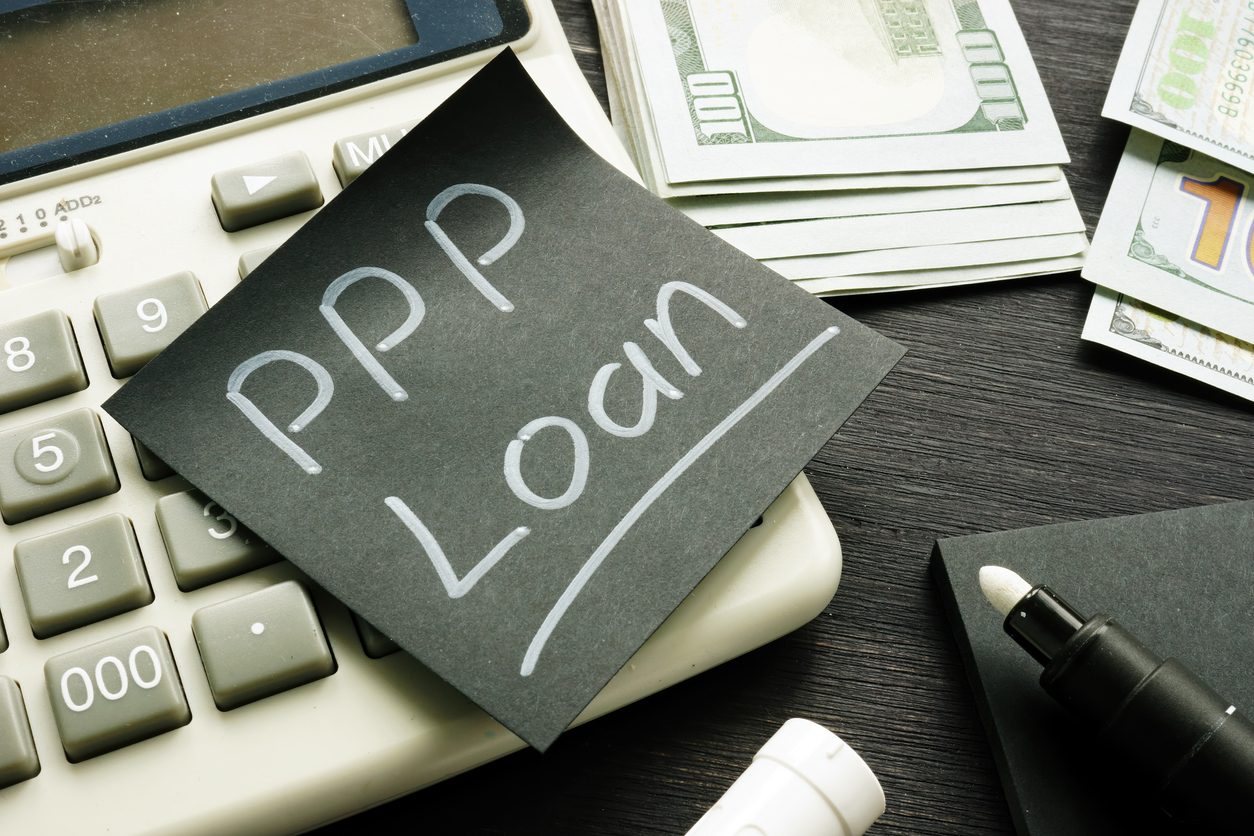New Paycheck Protection Program (PPP) guidance was released last week by means of a 34-page interim final rule (IFR) issued in consultation with Treasury, in which the U.S. Small Business Administration (SBA) addresses a number of issues related to the PPP program.
Most notably, the new guidance states that PPP recipients can apply for loan forgiveness before the end of their 8-week or 24-week covered period. However, the new IFR does say that if a borrower applies for loan forgiveness before the end of the covered period and has reduced any employees’ salaries or wages by more than the 25% allowed for full forgiveness, the borrower must account for the excess salary reduction for the full eight-week or 24-week covered period, whichever one applies to its loan.
Under that guidance, PPP borrowers that apply early for loan forgiveness forfeit a safe-harbor provision allowing them to restore salaries or wages by December 31, 2020 and avoid reductions in the loan forgiveness they receive. For example, if a borrower has a 24-week period that ends in November but wants to apply in September, any wage reduction in excess of 25% as of September would be calculated for the entire 24-week period even if the borrower restores salaries by December 31st.
An example provided in the interim final rule shows how the calculations would work:
Example: A borrower is using a 24-week covered period. This borrower reduced a full-time employee’s weekly salary from $1,000 per week during the reference period to $700 per week during the covered period. The employee continued to work on a full-time basis during the covered period, with an FTE of 1.0. In this case, the first $250 (25% of $1,000) is exempted from the loan forgiveness reduction. The borrower seeking forgiveness would list $1,200 as the salary/hourly wage reduction for that employee (the extra $50 weekly reduction multiplied by 24 weeks). If the borrower applies for forgiveness before the end of the covered period, it must account for the salary reduction for the full 24-week covered period (totaling $1,200).
Other significant interim final rule provisions:
The latest SBA interim final rule also reiterates previous guidance, including:
- Employer health insurance contributions for S corporation owners cannot be included when calculating payroll costs.
- Employer retirement contributions for S corporation owners are included in the calculation of owner compensation subject to maximum amounts listed below.
- For owner-employees and self-employed individuals, forgiveness for owner compensation is calculated for the eight-week period as 8 ÷ 52 × 2019 compensation, up to a maximum of $15,385, in total for all businesses. For the 24-week period, the forgiveness calculation is limited to 2.5 months’ worth (2.5 ÷ 12) of 2019 compensation, up to $20,833, also in total for all businesses.
- Revisions to reflect the Paycheck Protection Program Flexibility Act of 2020 which became law on June 5 and made significant changes to the PPP forgiveness calculation. Please see our previous article for the specifics of this legislation.
Source Materials:
As you ask for PPP forgiveness, be sure to speak with your advisor. If you do not have an advisor and need assistance with your tax planning and relief options, Anglin’s Tax Advisory Services team can help clarify what the best options are for you.
Stay up-to-date on business and tax impacts of this pandemic through our Coronavirus Resource page where we have compiled updates and reso

